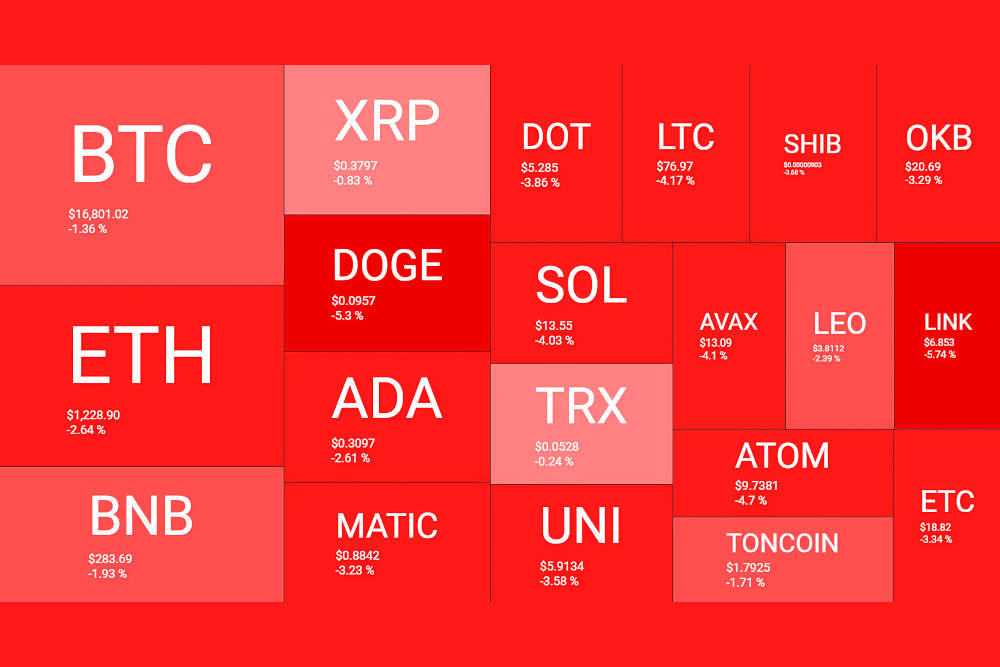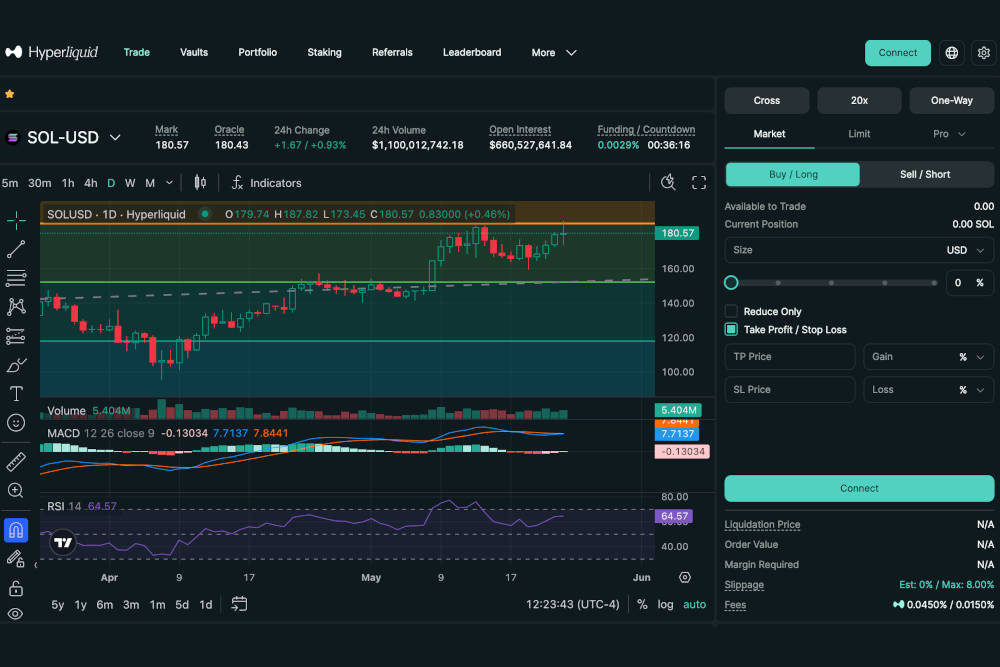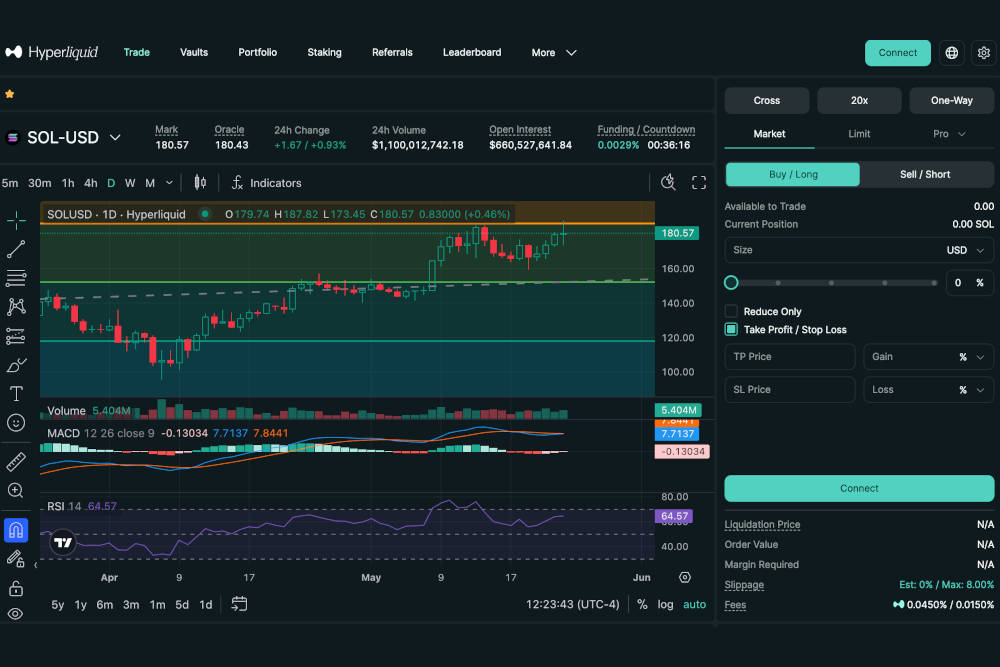
Trends are the foundation of successful trading, but even the strongest uptrend eventually slows, stalls, and reverses. When the market transitions from rising prices to falling prices, this shift is known as a bearish reversal. For traders, these moments offer some of the most profitable short-selling and exit opportunities — but also some of the easiest traps to fall into if entries are mistimed.
Understanding how to spot a bearish reversal before it fully develops allows traders to avoid buying at the top, secure profits before trends collapse, and capitalize on new downward moves. This guide breaks down the psychology, technical signs, chart patterns, and indicators that reveal when buyers are losing control and sellers are stepping in.
Whether you're trading crypto, stocks, forex, or commodities, the same reversal principles apply.
Panaprium est indépendant et pris en charge par les lecteurs. Si vous achetez quelque chose via notre lien, nous pouvons gagner une commission. Si vous le pouvez, veuillez nous soutenir sur une base mensuelle. La mise en place prend moins d'une minute et vous aurez un impact important chaque mois. Merci!
✅ What Is a Bearish Reversal?
A bearish reversal occurs when the market transitions from an uptrend (higher highs and higher lows) into a downtrend (lower highs and lower lows). It signals a shift in market sentiment from bullish optimism to bearish caution or fear.
A bearish reversal is confirmed when:
-
Price fails to make a new higher high.
-
A lower high forms.
-
Price breaks below the previous swing low → forming a lower low.
This structural change is the most reliable confirmation of a trend reversal.
🧠 Market Psychology Behind Bearish Reversals
Every reversal is driven by a shift in who is in control:
| Participant | Motivation | Outcome |
|---|---|---|
| Early Buyers | Taking profits at high levels | Weakens upward momentum |
| Late Buyers (FOMO) | Buy at the top | Fuel reversal once they panic-sell |
| Smart Sellers | Enter short after trend exhaustion | Drive prices lower |
The moment buyers hesitate and sellers step in aggressively, upward momentum fades — creating the first signal that a reversal is likely forming.
🔍 Early Warning Signs a Bullish Trend Is Weakening
Before a reversal fully occurs, the market often gives subtle clues:
| Sign | Interpretation |
|---|---|
| Rising price but declining trading volume | Buyer enthusiasm weakening |
| RSI forms bearish divergence (price makes higher high, RSI makes lower high) | Momentum slowing |
| Candles show long wicks on top | Sellers absorbing upward moves |
| Failed breakout attempts | Buyers lack strength to continue trend |
Recognizing these signs helps you prepare for a reversal before it completes — without entering prematurely.
📉 Key Technical Indicators for Bearish Reversals
1. RSI Bearish Divergence
One of the most reliable reversal signals:
-
Price makes higher high
-
RSI makes lower high
This means upward momentum is weakening even though price rises — a classic setup for trend reversal.
2. MACD Bearish Crossover
A bearish crossover on MACD in the overbought zone strengthens reversal probability.
3. Volume Shift
-
Volume increases on red candles
-
Volume decreases on green candles
This shows sellers are gaining strength.
4. 20/50 EMA Trend Break
When price falls below short-term EMAs and they begin to curve downward, the uptrend is weakening.
🔥 Best Bearish Reversal Candlestick Patterns
These patterns are especially strong at resistance or after a strong uptrend:
| Pattern | Signal | Strength |
|---|---|---|
| Shooting Star | Strong sell rejection from highs | High |
| Bearish Engulfing | Sellers overpower buyers in one candle | Very High |
| Evening Star | Three-candle reversal structure | High |
| Hanging Man | Weak follow-through at top of trend | Moderate |
Important: These patterns alone are not enough. They must appear:
-
At a key resistance level
-
Alongside weakening momentum
-
With volume confirmation
📊 Bearish Reversal Chart Patterns to Look For
| Pattern | Description | Best Entry |
|---|---|---|
| Double Top | Price tests resistance twice and fails | Enter after neckline break |
| Head and Shoulders | Classic topping structure | Enter after support break + retest |
| Rising Wedge | Trend loses momentum and compresses | Enter on wedge breakdown |
| Ascending Channel Break | Trend control shifts downward | Enter after retest of channel underside |
These patterns represent market exhaustion and distribution — ideal for both short entries and exits for long positions.
🧭 Step-by-Step Strategy to Trade Bearish Reversals
Step 1: Identify the Uptrend
Look for:
-
Higher highs and higher lows
Step 2: Watch for Loss of Momentum
Use RSI divergence, weakening volume, or rejection wicks.
Step 3: Wait for Market Structure Break
The reversal is valid when:
-
A lower high forms
-
Price breaks previous support
Step 4: Enter on Retest
Do not enter the moment the trend breaks.
Wait for price to return and retest the broken support — now acting as resistance.
This entry drastically improves win-rate and risk-reward.
Step 5: Set Stop Loss
Place your stop loss:
-
Just above the lower high (new resistance)
Step 6: Set Take Profit Targets
-
TP1: Next key support level
-
TP2: Lower timeframe structure break
-
TP3: Trend continuation downward target
🛡️ Risk Management Rules
Even when your setup looks perfect — treat reversals as probability, never certainty.
| Rule | Why It Matters |
|---|---|
| Risk 1–2% per trade | Protects account from streak losses |
| Always use stop loss | Reversals fail often; avoid blowouts |
| Avoid entering early “guessing” tops | Guessing tops = liquidation risk |
| Scale into positions gradually | Smooths volatility impact |
The goal is precision + patience, not catching the exact top.
⚠️ Common Mistakes Traders Make (and How to Avoid Them)
| Mistake | Outcome | Fix |
|---|---|---|
| Shorting too early | Stopped out repeatedly | Wait for structure break |
| Ignoring volume | Misread momentum | Compare buy vs sell volume |
| Using only indicators | False signals | Combine indicators + price action |
| Not using stop loss | Account collapse risk | Always define invalidation |
Trading reversals is timing, not prediction.
🧵 Example Trade Breakdown (General Case)
-
Market in clear uptrend.
-
RSI shows bearish divergence.
-
Price forms double top at resistance.
-
Bearish engulfing candle appears.
-
Price breaks neckline support.
-
Wait for pullback to previous support → now resistance.
-
Enter short on rejection wick.
-
Stop loss goes above lower high.
-
Targets set at major support zones.
This conservatively captures the middle of the move — where probability is highest.
🎯 Final Takeaway
Bearish reversals offer powerful opportunities to:
-
Exit profitable long positions before the trend collapses
-
Enter short trades with strong downside potential
-
Protect your capital from top-buying behavior
-
Understand the psychology behind trend exhaustion
But the key is confirmation.
Don’t try to predict the top.
Wait for:
-
Momentum weakening
-
Market structure break
-
Retest entry
Trading is not about catching the highest price.
It’s about catching the high-probability part of the move.
Cet article vous a-t-il été utile ? S'il vous plaît dites-nous ce que vous avez aimé ou n'avez pas aimé dans les commentaires ci-dessous.
Avertissement: Le contenu ci-dessus est fourni à titre informatif et éducatif uniquement et ne constitue en aucun cas un conseil financier ou d'investissement. Effectuez toujours vos propres recherches et envisagez de consulter un conseiller financier ou un comptable agréé avant de prendre toute décision financière. Panaprium ne garantit ni n'approuve nécessairement le contenu ci-dessus, et n'en est en aucun cas responsable. Les opinions exprimées ici sont basées sur des expériences personnelles et ne doivent pas être considérées comme une approbation ou une garantie de résultats précis. Les décisions d'investissement et financières comportent des risques, dont vous devez être conscient avant de prendre des décisions.
About the Author: Alex Assoune
Contre Quoi Nous Luttons
Les groupes multinationaux surproduisent des produits bon marché dans les pays les plus pauvres.
Des usines de production où les conditions s’apparentent à celles d’ateliers clandestins et qui sous-payent les travailleurs.
Des conglomérats médiatiques faisant la promotion de produits non éthiques et non durables.
De mauvais acteurs encourageant la surconsommation par un comportement inconscient.
- - - -
Heureusement, nous avons nos supporters, dont vous.
Panaprium est financé par des lecteurs comme vous qui souhaitent nous rejoindre dans notre mission visant à rendre le monde entièrement respectueux de l'environnement.
Si vous le pouvez, veuillez nous soutenir sur une base mensuelle. Cela prend moins d'une minute et vous aurez un impact important chaque mois. Merci.































0 commentaire